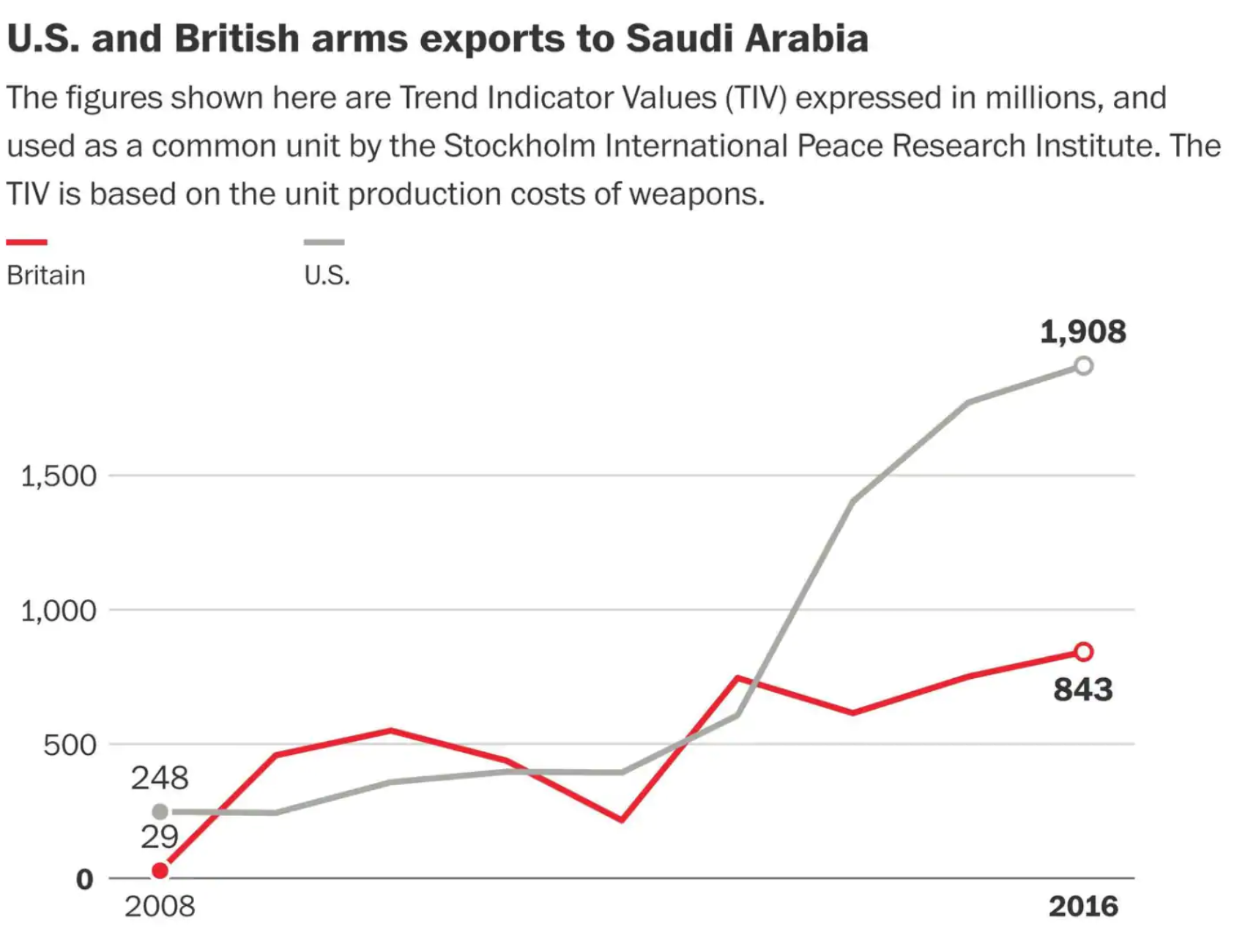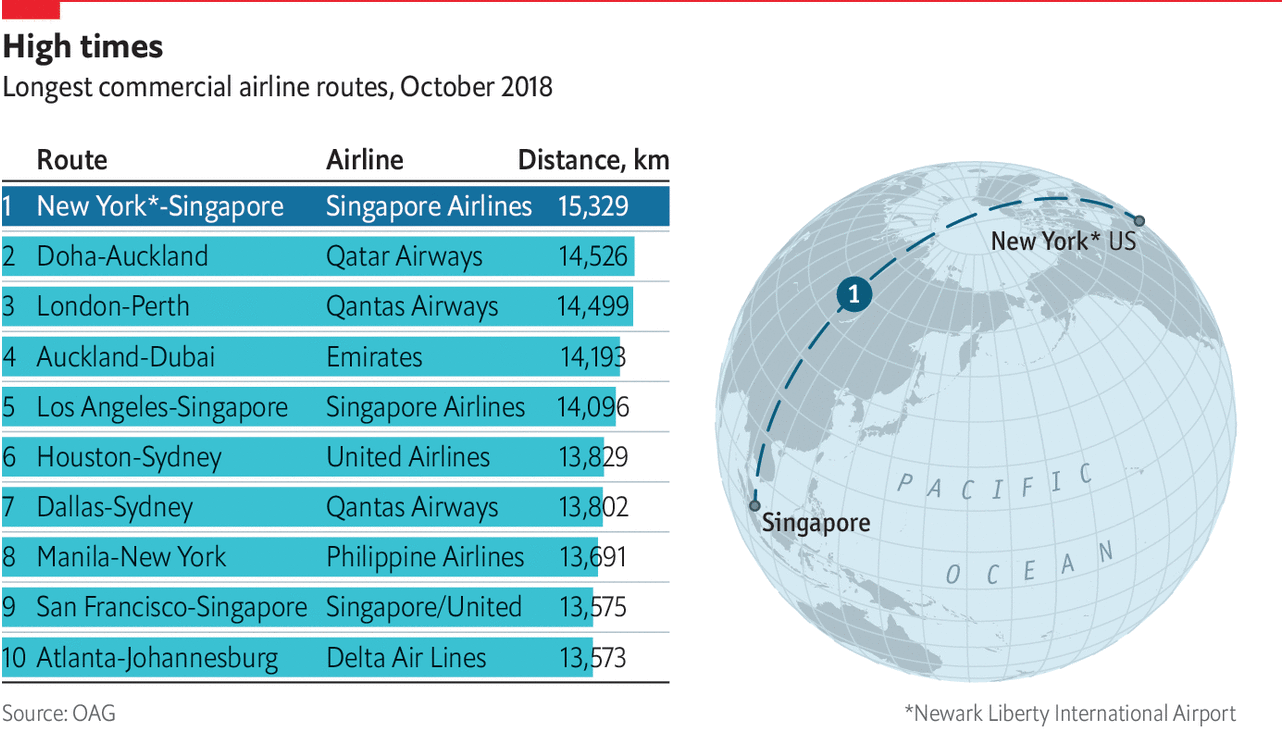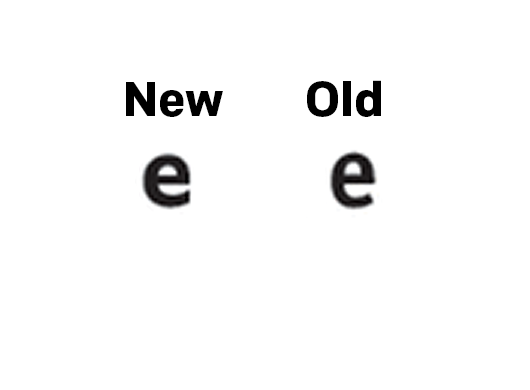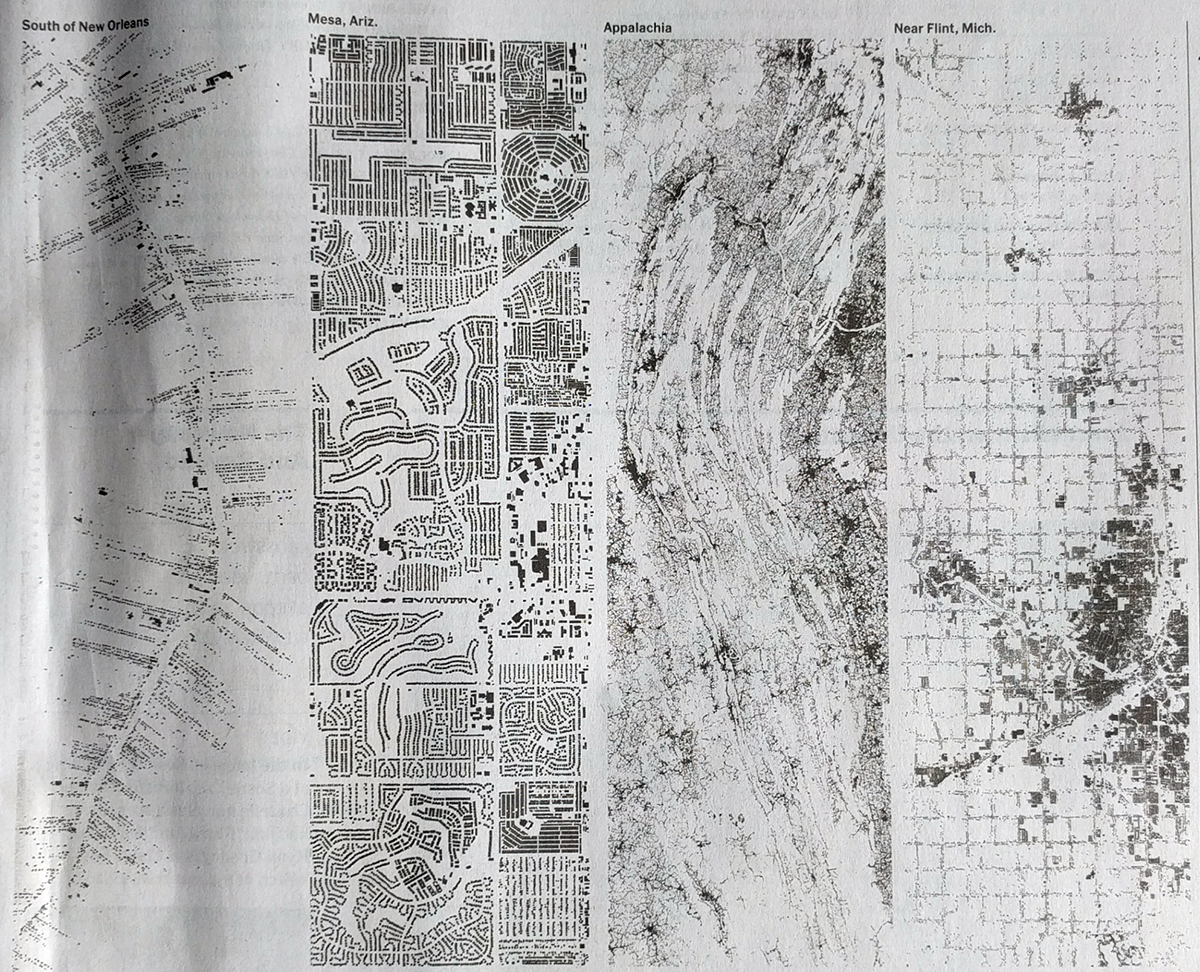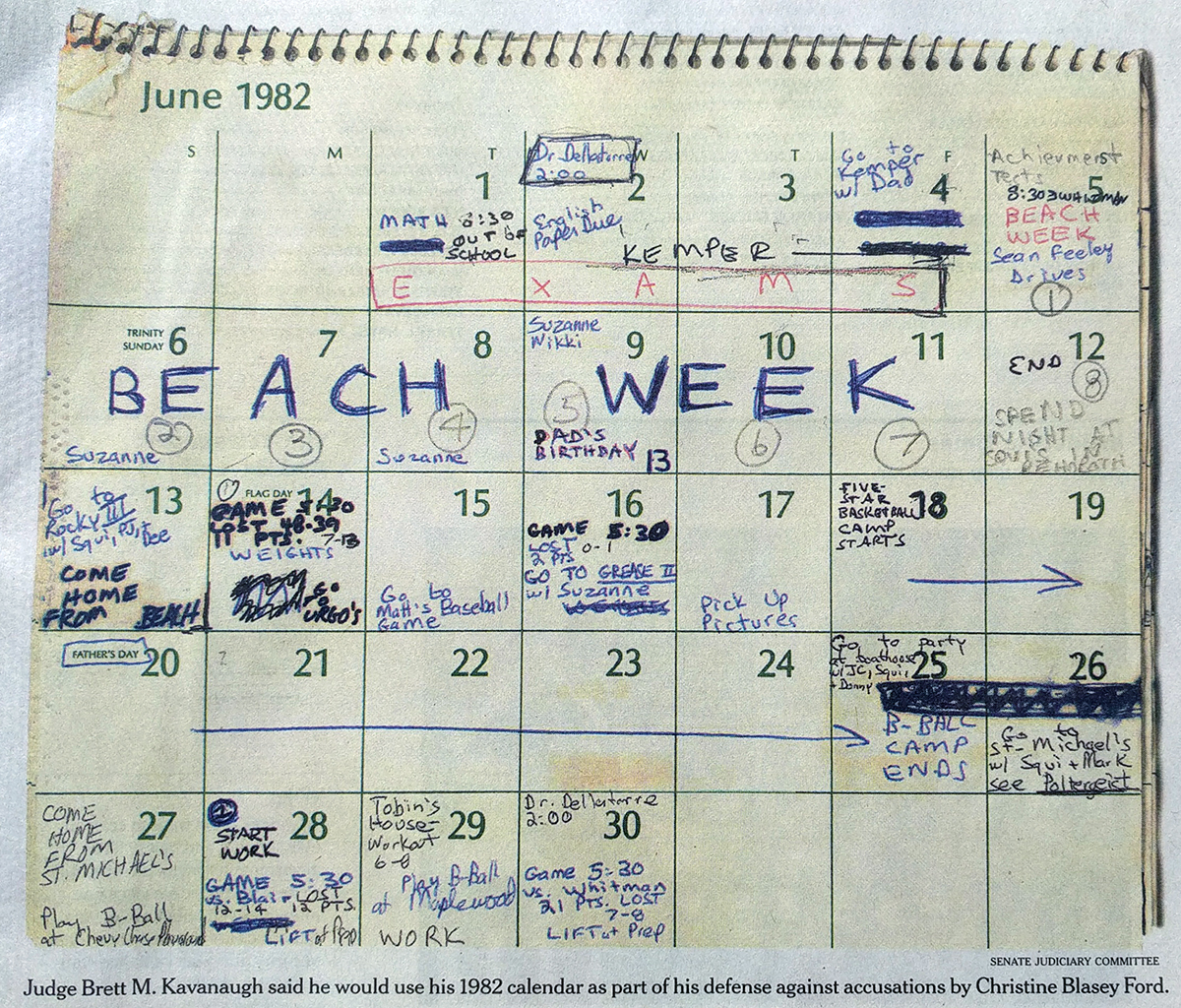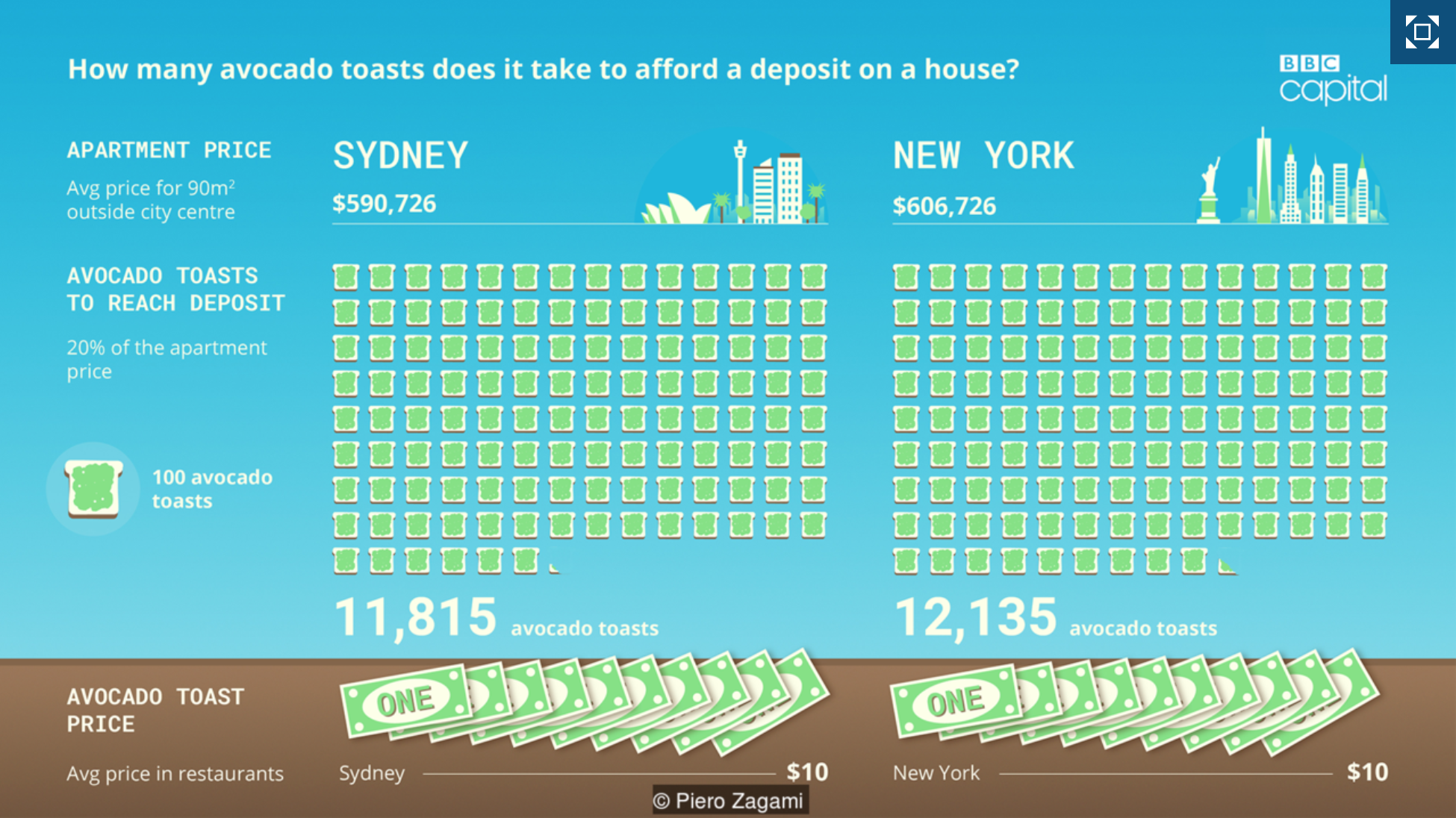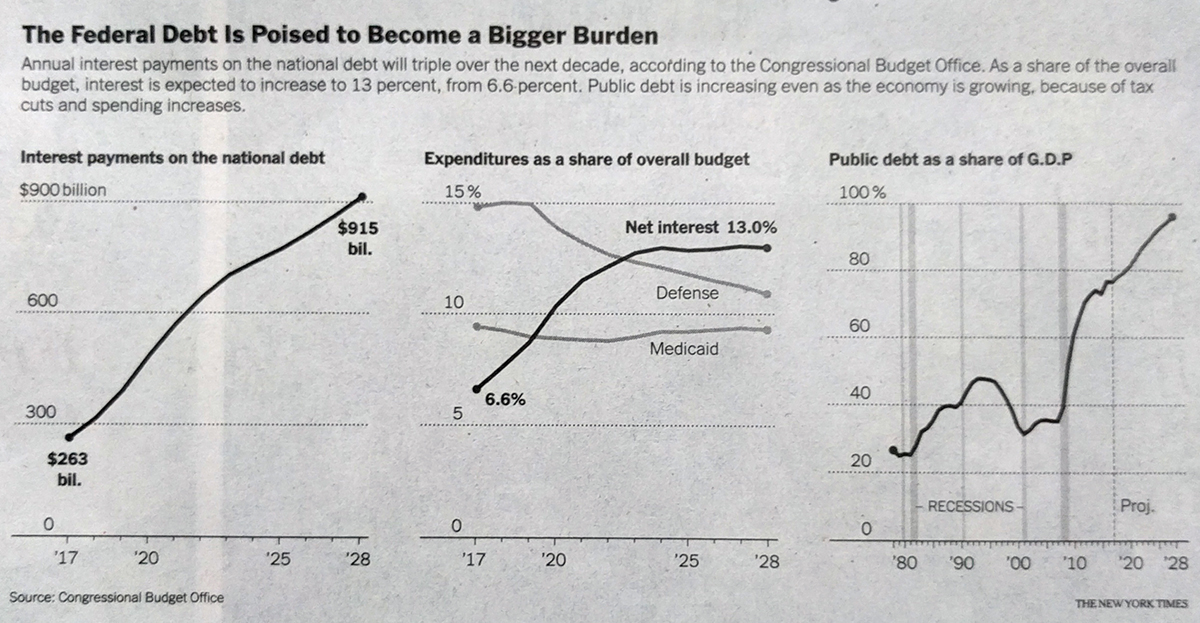Yesterday we looked at the importance of arms deals from the US and UK to Saudi Arabia in the wake of the brutal murder and assassination of Jamal Khashoggi, the Washington Post journalist who sometimes wrote critically of the Mohamed bin Salman (MBS) regime. But what about the actual murder itself? What do we know?
Well at some point today, President Erdogan of Turkey will give a speech, just prior to the opening of the big Saudi conference the Saudis have branded the Davos of the Desert. In Erdogan’s speech, he is expected to reveal even more of the details of the murder as collected by Turkish intelligence services. But as this story has been unfolding, the Washington Post has been collecting the details about the alleged 15-person assassination squad.
The entire piece is worth reading. It provides great detail and walks the reader through how the story was pieced together. And relevant to my blog it makes use of some nice data visualisation and design elements, including this graphic.

It captures some of the arrivals and departures of six of the men identified. The graphic also notes that sometimes people will not be documented because they arrive on diplomatic flights instead of commercial flights.
As for the rest, the Post used photographic evidence to show how one of the individuals was likely a bodyguard or in the security services for MBS. Phone records and the photographic records of Turkish border control were also used. Taken together, it paints a damning portrait of the supposedly modernising MBS regime.
Of course now we can only wait to see what Erdogan has to say this morning.
Credit for the piece goes to Aaron C. Davis, Aaron Williams and Jason Bernert.

